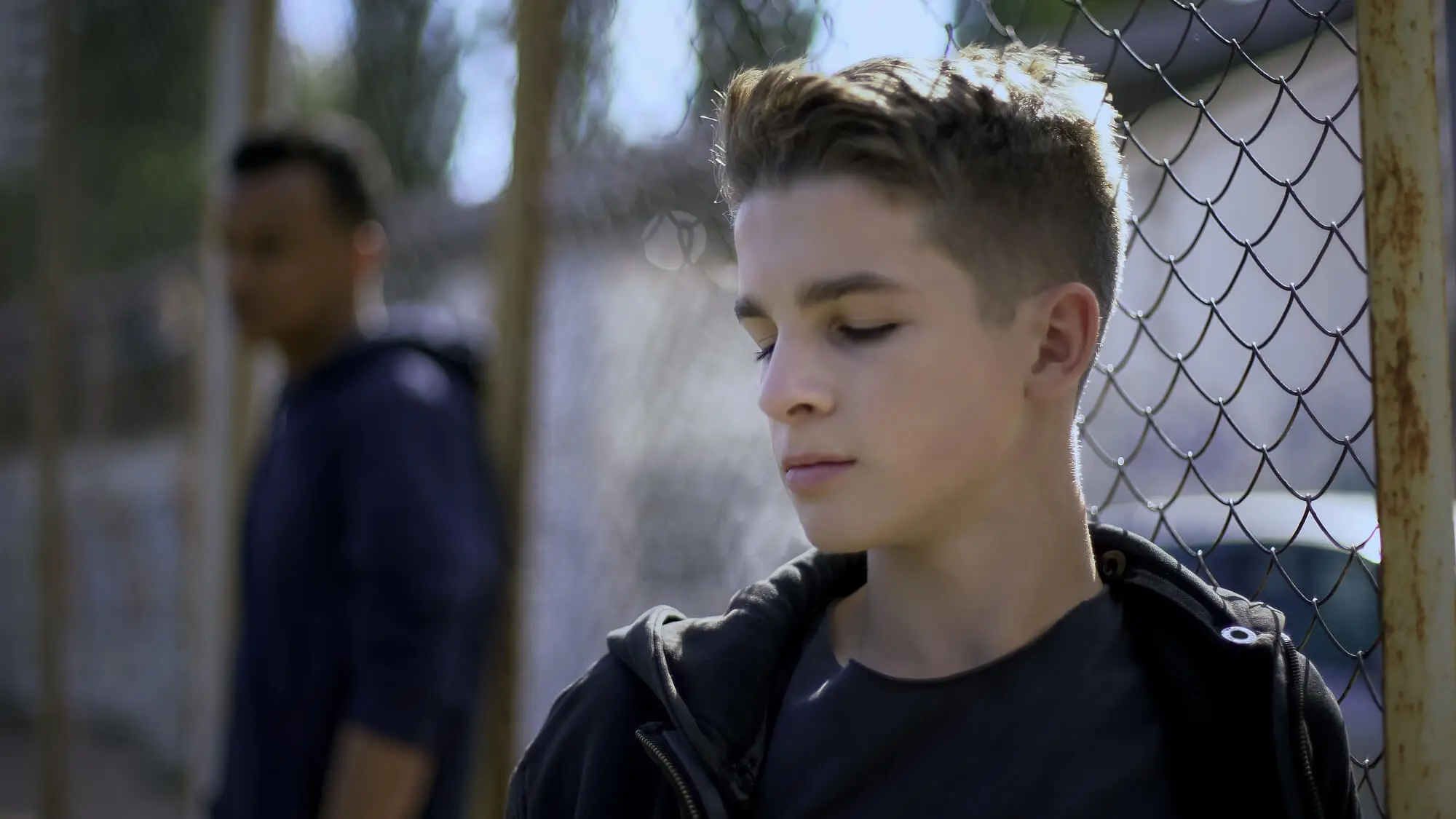Project Summary
The Colorado Lab partnered with the Colorado Department of Human Services and Judicial Branch to link their data to assess feasibility of building a routine and replicable process for generating statewide data on “crossover youth” to aid in federal studies evaluating the impact of Colorado’s implementation of the Family First Prevention Services Act on the state’s juvenile justice system and informing Colorado policy and practice. Crossover youth are defined in this study as youth in out-of-home care who have a juvenile delinquency case that overlaps temporally with a dependency and neglect case. This information is important to inform state planning to provide developmentally appropriate services.
Steps to Building Evidence
Crossover Youth incorporates Step 3 on the Steps to Building Evidence, which includes conducting pre-post assessment and descriptive models.
Summary of Findings
- The percentage of expunged records and the lack of legislative authority to include those records in research and evaluation studies severely limits the ability to generate statewide data and establish a baseline for the number of crossover youth.
- The pathways for a routine and replicable process of generating data on the population of crossover youth are: 1) legislative action to allow for the inclusion of expunged records in research and evaluation when there are appropriate precautions to ensure those data and youth privacy are protected (e.g., leveraging LINC partnership for identity resolution); and 2) CDHS conducting analyses internally using an existing data sharing agreement with the Judicial Branch.
- Trends in the available sample can be used as a model for how to approach future studies aimed at describing the crossover youth population.
Actionability
The unique needs of crossover youth have been forefront in Colorado’s work to coordinate services among child welfare agencies and the court systems. Information about these young people is siloed in separate systems—making it difficult to take a systems-level approach to resourcing developmentally appropriate services. This project sought to establish a sustainable process for generating the statewide data necessary to meet federal reporting requirements and inform policies and practices aimed at serving crossover youth.
Get Involved
For more information about working with the Colorado Lab, see Government and Community Partnerships or Research Partnerships.
